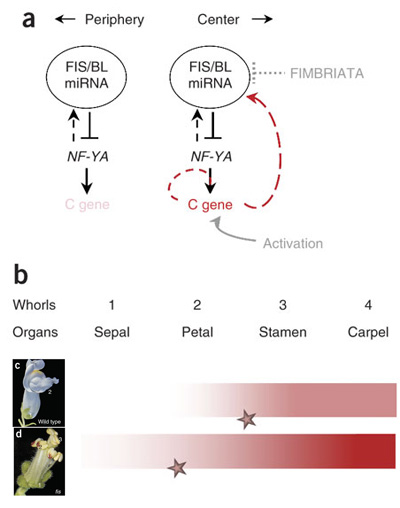Les gènes ne jouent qu’un rôle mineur, disait l’autre
Science Daily — Researchers at the J. Craig Venter Institute (JCVI) have announced the results of work on genome transplantation methods allowing them to transform one type of bacteria into another type dictated by the transplanted chromosome. The work, published online in the journal Science, by JCVI’s Carole Lartigue, Ph.D. and colleagues, outlines the methods and techniques used to change one bacterial species, Mycoplasma capricolum into another, Mycoplasma mycoides Large Colony (LC), by replacing one organism’s genome with the other one’s genome.
Ce n’est pas une étape mineur que nous avons là, mais bel et bien la technique qui permettra à un génome synthétique d’être inséré dans une cellule qui lui servira de starter. C’est bien plus facile que d’être obligé de mettre en place l’enveloppe à partir de ses constituants.
Genome Transplantation in Bacteria: Changing One Species to Another
Carole Lartigue, John I. Glass, Nina Alperovich, Rembert Pieper, Prashanth P. Parmar, Clyde A., Hutchison III, Hamilton O. Smith, J. Craig Venter
www.sciencexpress.org / 28 June 2007 / Page 1 / 10.1126/1144622
As a step toward propagation of synthetic genomes, we completely replaced the genome of a bacterial cell with one from another species by transplanting a whole genome as naked DNA. Intact genomic DNA from Mycoplasma mycoides large colony (LC), virtually free of protein, was transplanted into Mycoplasma capricolum cells by polyethylene glycol-mediated transformation. Cells selected for tetracycline resistance, carried by the M. mycoides LC chromosome, contain the complete donor genome and are free of detectable recipient genomic sequences. These cells that result from genome transplantation are phenotypically identical to the M. mycoides LC donor strain as judged by several criteria.
Filed under: biblio | Leave a comment »


